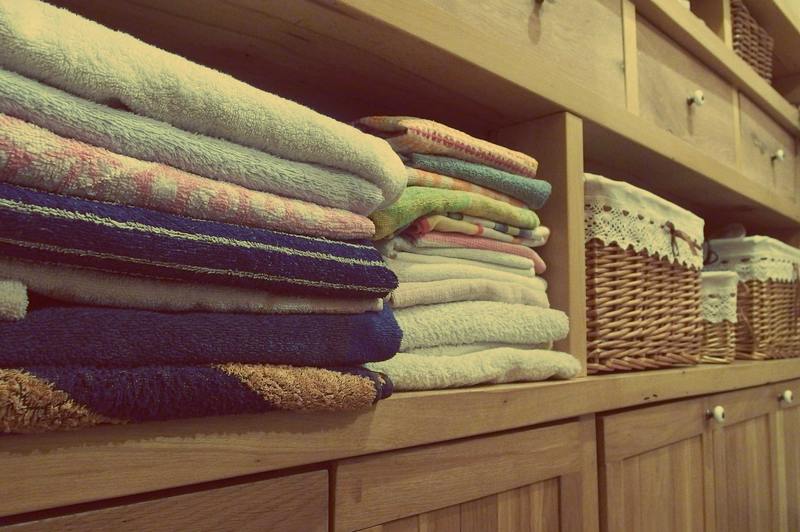One of the steps in how to repair water damaged side of dresser is to remove the damaged veneer. The details of that are written below.
We will also tackle how long before water messes up a piece of furniture. This is to help you if you’re ever on the fence about repairing your dresser or replacing the whole thing.

We will also help you protect your dresser with our tips and tell you about the cost of repair. If you’re intrigued, then please read the article until the end!
How long does it take before water ruins a piece of furniture?
Water takes an hour minimum to cause damage to your furniture. If it is left for 24 to 48 hours, mold starts to form. When mold forms, it means the water damage is significant and should be treated immediately.
However, it can take up to seven days before you begin to notice water damage on your wood. This is why water damage is challenging, especially for the average homeowner.
When you do notice water damage on your furniture, take photos and document the damage. Then, contact your lawyer. This is to help you strengthen your insurance claim with your insurance company.
If the whole area has been affected, move salvageable items and leave them to dry. Keep the heavily involved area out of the way because you will still need them for your insurance claim.
Steps In Repairing Water Damaged Dresser
Step #1. Dry the dresser
Before proceeding with fixing the dresser, dry it first. You can place it outside to kill mold, too, if it has mold growth.
Also, since the drying time takes quite a while, you can look for the root cause of your water damage. This is to prevent water damage on your other furniture, too.
Step #2. Remove the damaged veneer
The veneer is at the forefront of your furniture, so it is the one that sustains the most damage. Remove the affected surface and examine if the water got past the veneer. If the water penetrated the veneer, then the repair is going to be more challenging.
Detach the veneer from the board using a heat gun to loosen its adhesive. This will make it easier to peel the surface off. Heat is needed to remove the veneer, so you can use a hot iron or a hairdryer to warm the veneer’s adhesive.
Step #3. Sand the board
After removing the veneer, sand the board, whether it is particleboard or pressed wood board. Even out the wood, especially if there is swelling. If the board is too damaged, then remove the affected areas as well.
Step #4. Fill the board
Use a body filler like Bondo if the board is too uneven and has exceeded its surrounding wood in height. Lay the dresser down with the side up, and make sure to apply the Bondo evenly. After using the body filler, sand it down again using a pneumatic longboard sander this time.
Step #5. Prime and paint
After the dresser’s surface has been smoothened, get ready to prime the dresser. Apply coats of primer, then leave them to dry before proceeding on painting.
Check if the primer has dried, and if so, proceed on painting the dresser. Be sure to match the color of the dresser’s side with the entire dresser.
Tips in protecting your dresser from water damage
Maintain your home
The best way to protect your furniture is to maintain your home. Dressers may incur extra moisture from the walls, so have your plumbing systems checked. We recommend that you use dehumidifiers to keep your dressers from absorbing moisture.
Make DIY sealants
An ingredient you can use to make a DIY sealant at home is linseed oil. While it takes forever to dry, it can help in waterproofing your dresser while also beautifying it. You can use this as an alternative to commercial sealants, especially if you are prone to respiratory problems.
Another DIY sealant is olive oil and lemon juice mixture. This one can even make your dresser and your room smell good.
Polish and seal
Polishes and sealants have a distinct smell. Some even emit fumes that may not be safe for some of us.
However, they do their job in resisting water on your furniture. If you are worried about the adverse effects of polishes or sealants on your health, you can use milder solutions like the DIY sealant we wrote above.
Cost of fixing water-damaged dresser
The average cost of fixing a water-damaged dresser can range from $107 to $252. Repairs to furniture can cost as small as $50 and reach up to $400 depending on the damage.
Since water damage can be pretty challenging, it may cost more than the average, especially if mold is present. Contact your insurance coverage with your insurance provider to clarify your insurance policies regarding water damage.
Conclusion
We hope that knowing how to repair water damaged side of dresser and the ways to protect the whole furniture may help you in the future when you encounter the same situation. Hopefully, you don’t, but in case you do, you can just reread this article.
